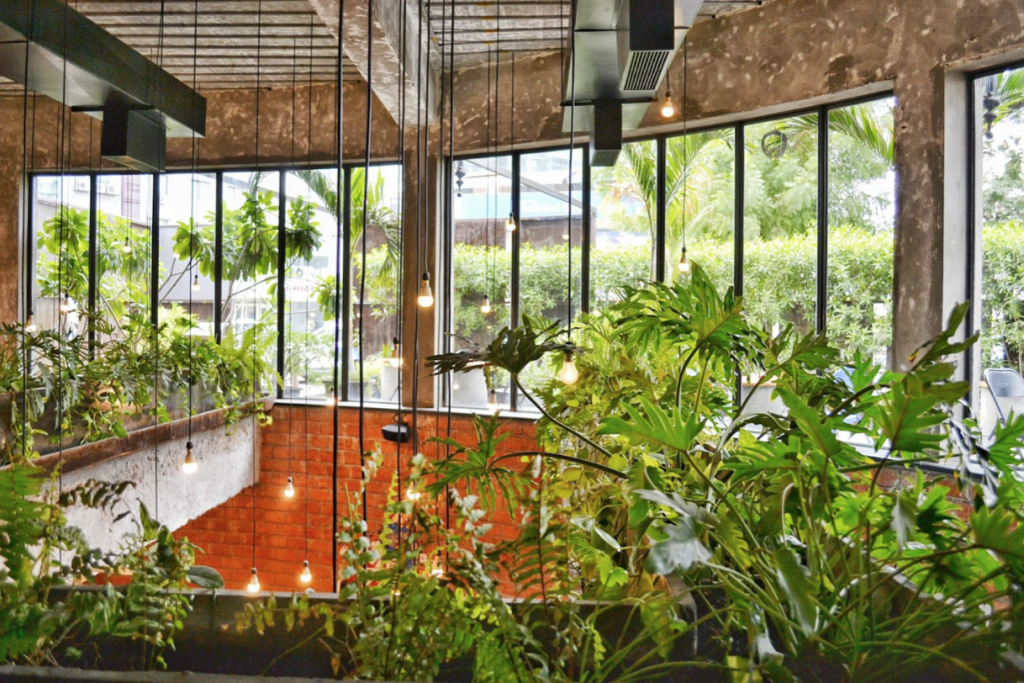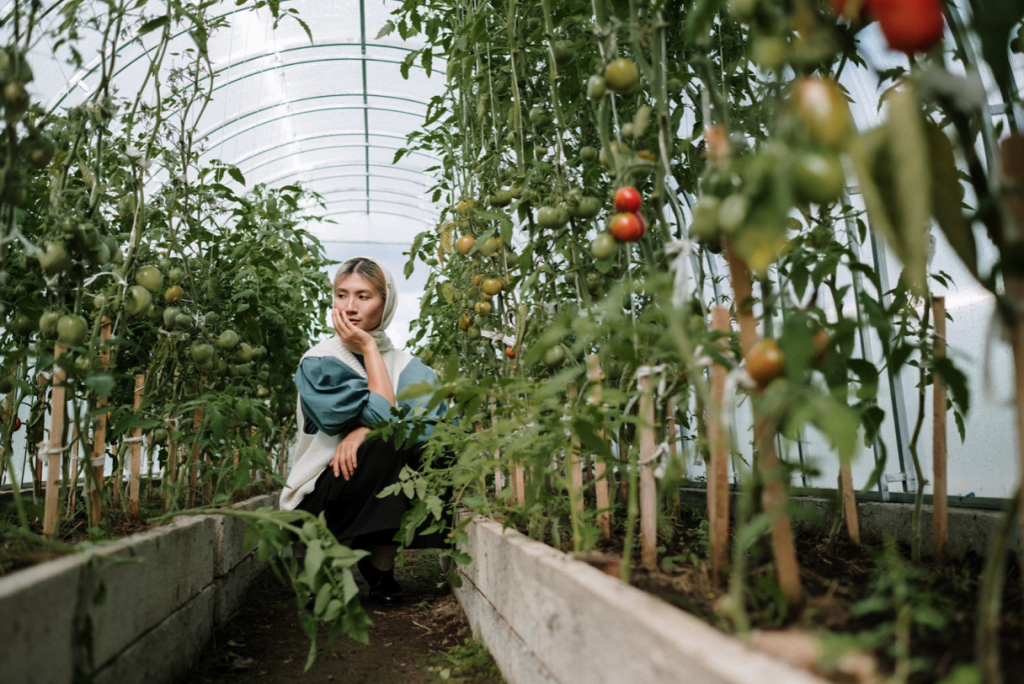
If you’re looking to get into urban gardening, or just want to learn some tips and tricks, you’ve come to the right place. In this blog post, we will discuss everything from soil preparation to pest control. We’ll also give you a few ideas on how to make the most of your limited space. So whether you’re a beginner or an experienced gardener, read on for some helpful advice!
1. The right LED grow lights
LED grow lights are a great option for urban gardeners, as they are energy-efficient and emit very little heat. They can be used to supplement natural sunlight or to provide the sole source of light for your plants. When choosing LED grow lights, it is important to consider the color temperature and intensity. You will also want to make sure that the lights you select are compatible with your growing setup. There is a lot of Grow Light Info all over the internet, so you should search and find what will work best for you before making a purchase. These lights also have a much longer lifespan than traditional grow lights, so you won’t have to replace them as often. If you are using LED grow lights, it is important to remember that plants need a dark period to thrive. Make sure to give your plants a rest period of 12-14 hours per day, during which time the lights should be turned off.
2. Soil preparation
One of the most important aspects of gardening is preparing your soil. This is especially true for urban gardeners, as the quality of the soil in cities is often poor. If you’re starting with store-bought soil, it’s a good idea to mix it with some compost or manure to improve the quality. You can also make your compost at home using kitchen scraps and yard waste. If you’re not sure how to prepare your soil, there are plenty of resources available online or at your local library. Once your soil is ready, it’s time to start planting. The soil in urban gardens is often compacted, so it’s important to loosen it up before planting. You can do this by adding organic matter, such as compost, and aerating the soil with a garden fork.
3. Consider the space
When gardening in an urban environment, space is often limited. This means that you have to be creative with the way you use your space. One way to make the most of a small garden is to grow vertically. This can be done by training vines to grow up trellises or installing shelves on which to place potted plants. If you’re short on horizontal space, another option is to grow in containers. This includes everything from window boxes to hanging baskets. Not only do containers take up less space than traditional gardens, but they also offer more flexibility in terms of placement. You can move them around to get the best light exposure or place them out of the way if they become too heavy when wet.
4. Pest control
One of the challenges of gardening in an urban environment is dealing with pests. This is because there are more potential sources of pests in cities, such as rodent populations and garbage. There are a few things you can do to help control pests in your garden. First, make sure to keep your garden clean and free of debris. This will remove potential hiding places for pests. Second, use traps or baits specifically designed for the type of pest you’re dealing with. If you’re not sure what kind of trap or bait to use, ask a local gardening store or extension office. Finally, consider using organic pest control methods such as crop rotation or companion planting. These methods are safe for both humans and animals and can be just as effective as chemical pesticides.
5. Watering
One of the most important aspects of gardening is watering your plants. This is especially true in an urban environment, where the heat and concrete can quickly dry out the soil. When watering your plants, it’s important to do it in the morning so that the leaves have time to dry before nightfall. This will help prevent diseases such as powdery mildew. You should also water at the base of the plant, rather than from above, to avoid wetting the leaves. If you’re using a sprinkler system, make sure to adjust it so that only the plants are getting wet and not the sidewalk or street. Finally, consider collecting rainwater to use in your garden. This is a great way to save money and reduce your impact on the environment.

With these tips in mind, you should be well on your way to success with urban gardening! Just remember to start small, so you don’t get overwhelmed, and to have fun with it. Gardening is a great way to relax and connect with nature, even in the middle of a busy city. Happy planting!






